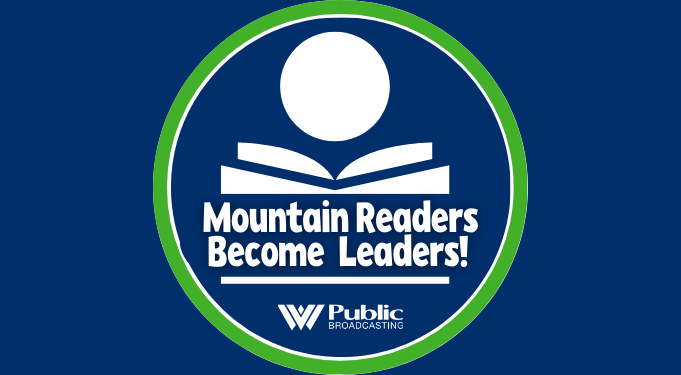The latest national assessment of students shows the continued negative effects of the pandemic on academic achievement. The National Assessment of Educational Progress released its long-term trend assessment Wednesday, showing the largest declines in the more than 50 years the test has been administered.
The math and reading assessment of the country’s 13-year-olds echoed recent declines in similar assessments of math, reading, history and civics at the 4th and 8th grade levels after the pandemic.
The long-term trend assessment is the last in the series of what the National Center for Education Statistics is calling pre- and post-pandemic assessments.
Peggy Carr, commissioner of the National Center for Education Statistics, said the long-term trend assessment seeks to maintain a relatively stable assessment to compare across years.
“These findings show consecutive declines for long-term trend math and reading,” she said. “However, it is fair to say that the pandemic may have accelerated some of these declines in that these are the largest math declines we’ve ever seen in this data collection.”
Carr said reading scores dropped to levels not seen since the first assessment in 1971.
“While the previous declines were driven by lower performers, these new data show everyone is declining: lower, middle and higher performing students,” she said. “In fact, the lower performing students with our math assessment are dropping at a faster rate than their higher performing counterparts. In reading, the drop has been uniform across the distribution, but the 10th percentile students are now performing lower than their counterparts in 1971.”
The long-term trend assessment also asked students to respond to a survey questionnaire.
Responses showed the percentage of 13-year-olds who said they “never or hardly ever” read for fun has risen over the past decade; about 31 percent of 13-year-olds said they “never or hardly ever” read for fun in 2023, while 22 percent said they “never or hardly ever” read for fun in 2012.
In math, fewer students are taking algebra. While about 34 percent of 13-year-olds in 2012 said they were currently taking algebra, that figure has declined to 24 percent in 2023.
Unlike the reading and math scores reported last fall, which relied on a sample size of more than 200,000 students, the long-term trend assessment results are based on a nationally representative sample of approximately 8,700 students in each subject that does not allow for detailed, state-by-state analysis. This is a similar sample size to the U.S. history and civics assessment results released in May.






















 Adobe Stock
Adobe Stock
